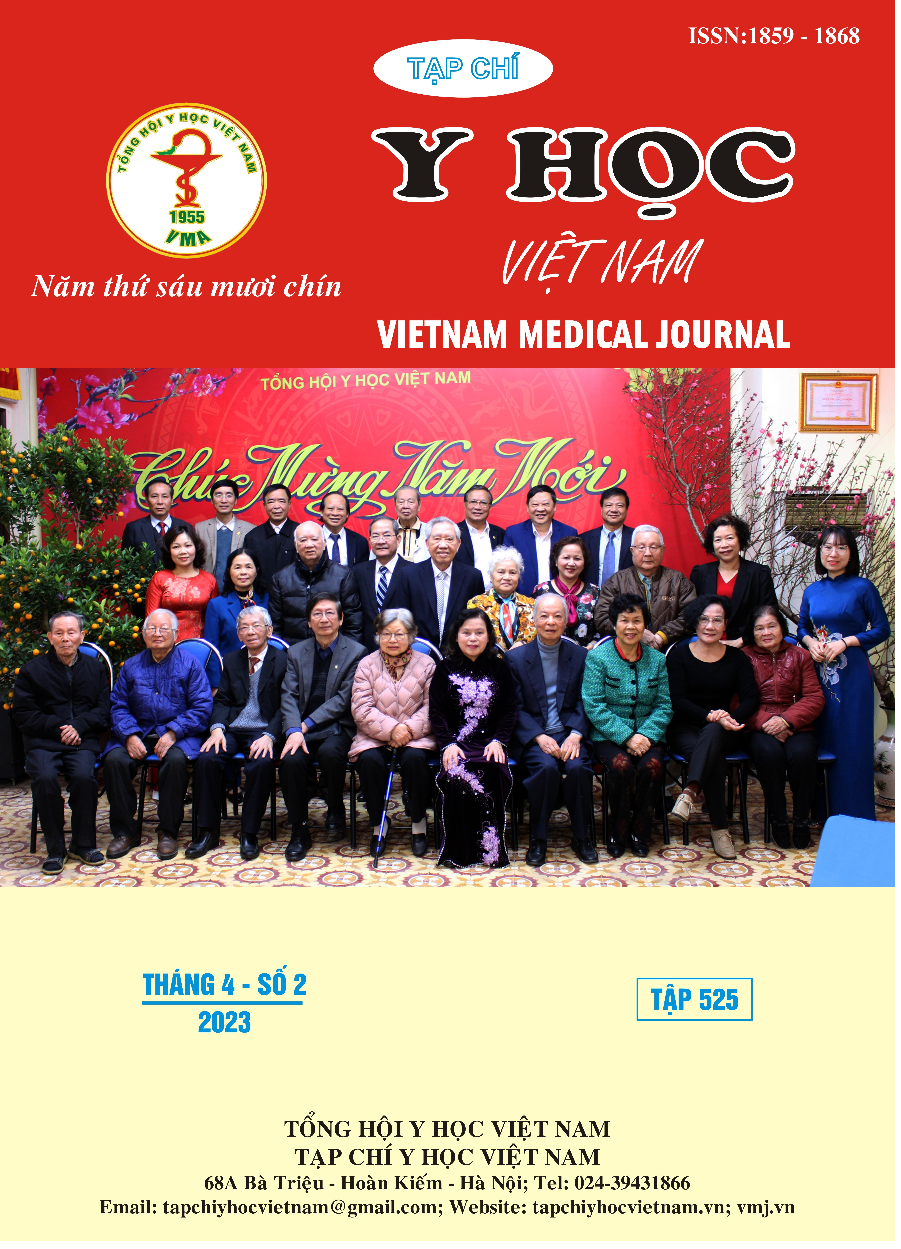STROKE PATIENTS' DEMAND FOR REHABILITATION CARE AFTER THE ACUTE STAGE AND THE STATUS OF MEETING THEIR DEMAND BY NURSES AT QUANG NINH TRADITIONAL MEDICINE HOSPITAL, 2021
Main Article Content
Abstract
Rehabilitation care for stroke patients promotes their rehabilitation and helps them achieve independence in daily living. Objective: Describe stroke patients' demand for rehabilitation care after the acute stage and the status of meeting their demand by nurses. Subjects and research methods: A cross-sectional descriptive study was conducted on 100 patients and 55 nurses with at least 13 working months in the Acupuncture department and Rehabilitation department and Geriatrics department. Data were collected in the form of interviews from August 2021 to September 2021. Results: Some of the patient's needs have not been fully met such as: using an anti-ulcer mattress; changing position every 2 hours; feeding to avoid choking; daily cleaning up the genitals; flapping, vibrating the chest; breathing exercises; eating easily digestible food; massaging according to the colon frame; practicing bowel habits; mobilizing the two sides with the full responses of the nurses at 32.1%; 47.8%; 40.6%; 37.6%; 47.5%; 47.9%; 43.5%; 17.9%; 3% and 42%, respectively. Conclusion: The response of the nurses to the stroke patients’ needs for rehabilitation care after the acute stage at Quang Ninh Hospital of Traditional Medicine and Pharmacy is not as expected.
Article Details
Keywords
nurse, stroke, post-acute stroke care
References
2. Bệnh viện Y dược cổ truyền Quảng Ninh (2020). Báo cáo tổng kết công tác điều dưỡng năm 2020 và phương hướng công tác điều dưỡng năm 2021.
3. Lương Tuấn Khanh, Fujitani Junko (2020). Chăm sóc và phục hồi chức năng sớm sau đột quỵ. Dự án cải thiện chất lượng chăm sóc sau đột quỵ.
4. Bùi Thị Bích Ngà (2011), Thực trạng công tác chăm sóc của điều dưỡng qua nhận xét của người bệnh điều trị nội trú tại bệnh viện Y học cổ truyền Trung ương năm 2011, Đại học Y tế công cộng, Hà Nội.
5. Hoàng Ngọc Thắm (2012), Thực trạng nhu cầu và chăm sóc phục hồi chức năng cho người bệnh đột quỵ giai đoạn cấp của điều dưỡng viễn tại bệnh viện đa khoa tỉnh Đắk Lắk năm 2012, Luận văn Thạc sỹ Quản lý bệnh viện, Đại học Y tế công cộng, Hà Nội.
6. Chang K. , Chen K., Chen Y.and et al. (2022). A multicenter study to compare the effectiveness of the inpatient post acute care program versus traditional rehabilitation for stroke survivors. Sci Rep, 27;12(1).
7. Jones SP, Miller C, Gibson JME, et al. (2018). The impact of education and training interventions for nurses and other health care staff involved in the delivery of stroke care: an integrative review. Nurse Educ Today 2018; 61: 249–257.
8. Katan M, Luft A (2018). Global burden of stroke. Semin Neurol; 38: 208–211
9. Lai C. , Tsai M. , Luo J. and et al. (2017). Post-acute care for stroke – a retrospective cohort study in Taiwan. Patient Prefer Adherence, 11, p1309–1315.
10. Tulek Z., Poulsen I., Gillis K. (2018). Nursing care for stroke patients: A survey of current practice in 11 European countries. Journal of Clinical Nursing, 27(3-4).


